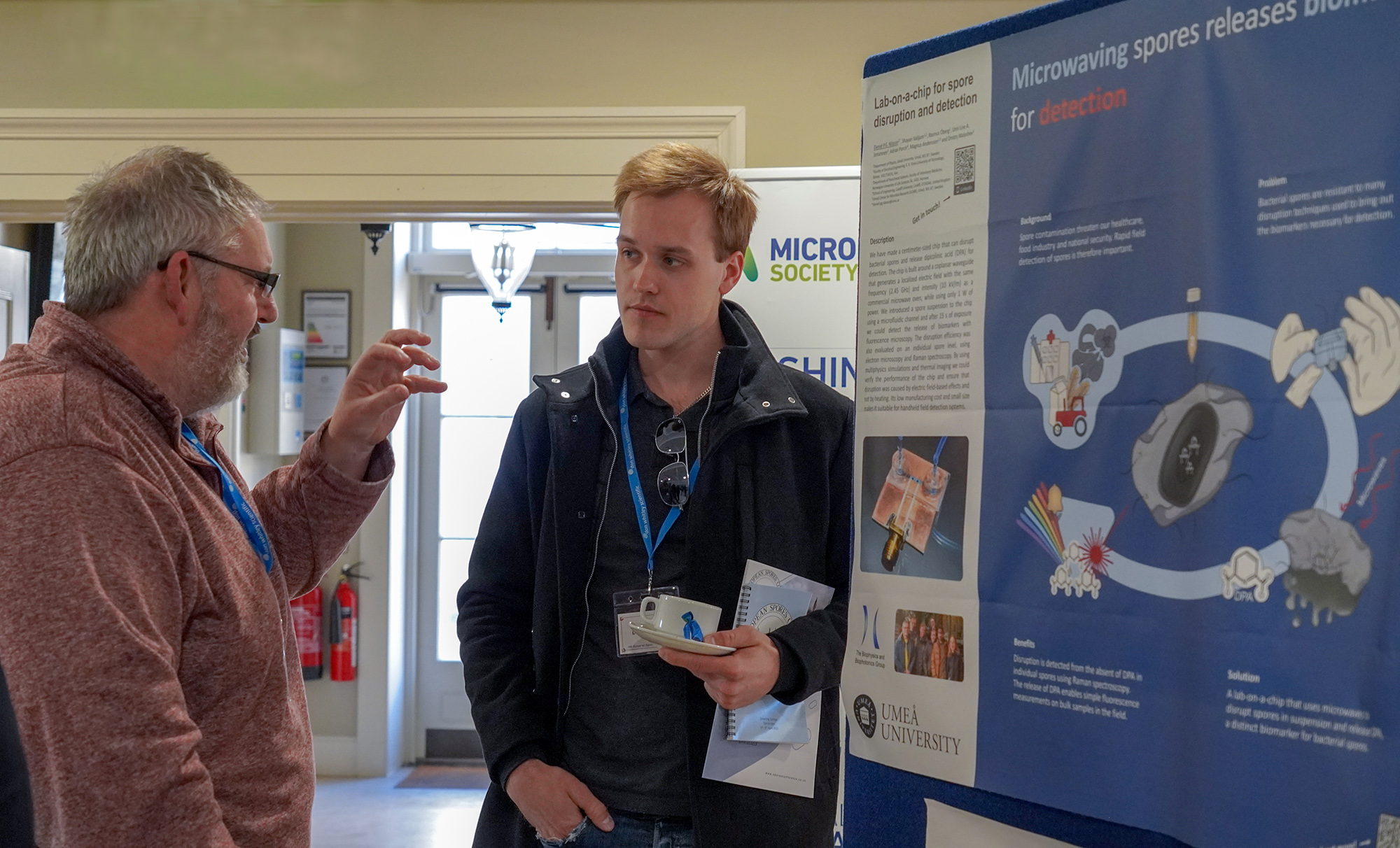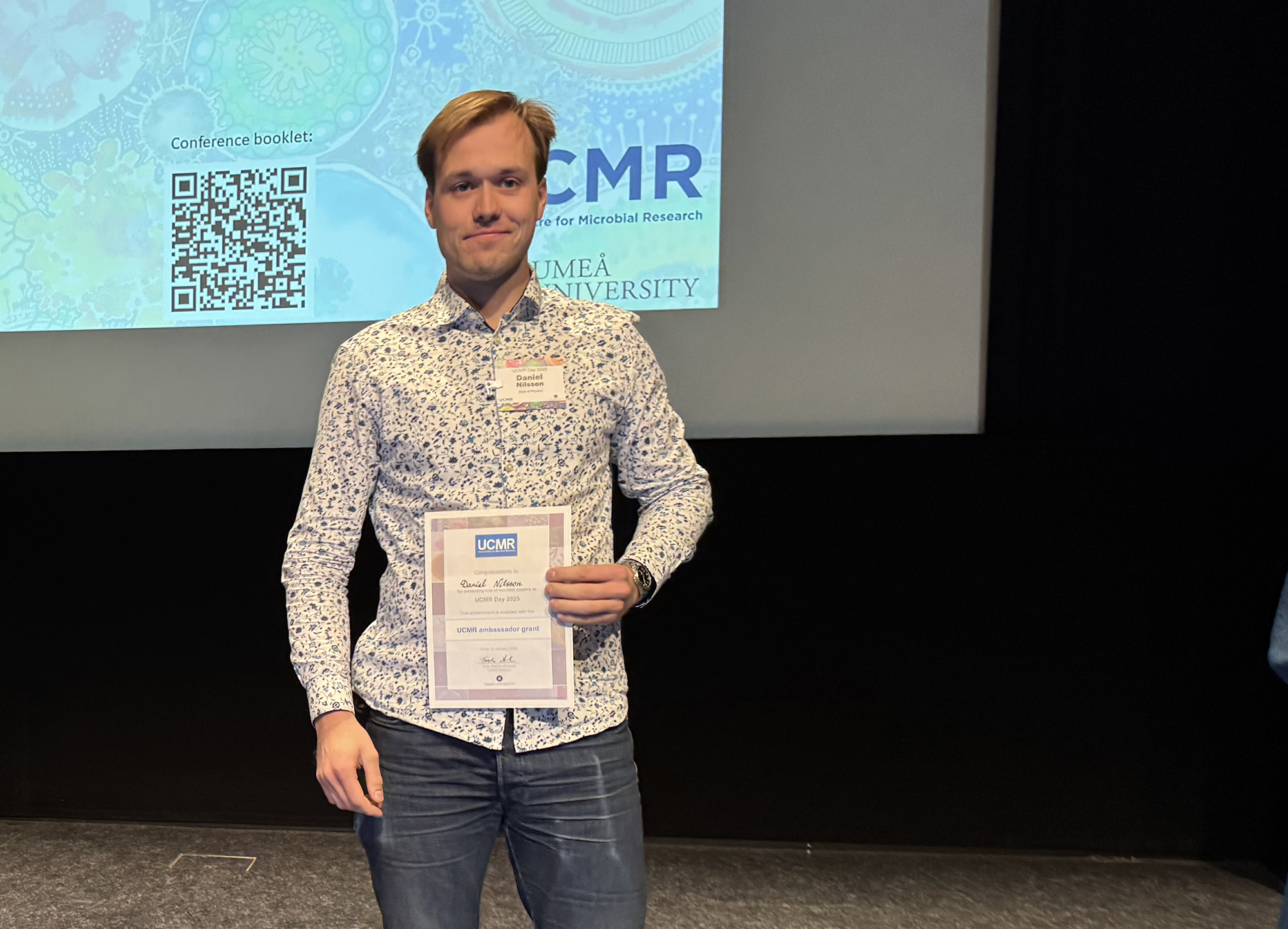
I love fruitful scientific discussions based on my poster.
Have you ever felt confused when browsing scientific posters at a conference? Confronted by wall after wall packed with text and complicated figures, trying to understand enough to ask a relevant question?
As a poster presenter, my job is to educate and inspire other researchers in the hope of shedding light on my work and develop new collaborations. So, what is my main tool for this job? I would argue that it is NOT the scientific poster.
The highlight from most poster sessions that I have attended are those interesting and often unexpected discussions with researchers from other disciplines. I have found that a good way to spark these discussions is to make the poster less intimidating, by removing or condensing the content as much as possible.
Instead, I try to focus on the main takeaway message and leave the nitty-gritty details for a scientific article and its method section. Because, let us not forget, the poster cannot listen to the thoughts of the reader and adapt its wording, only you can with the spoken word! So, my advice to you is to limit the poster to the task of attracting attention to your work, but save the job of presenting for yourself.
If you are now worrying about those researchers who are actually interested in the details of your work, trust me, they will take any opportunity to chase you down with questions. Just remember to prepare some additional figures for these discussions and you are good. And while you are at it, why not bring something cool from the lab to show?

I was happy to win a reward for the best poster at UCMR Day 2025.
For me, this approach has made it much more fun to design and present posters, and winning the occasional poster award is just a bonus. The principles for this way of presenting are very simple and you can learn them from this short YouTube video.
My name is Daniel Nilsson, I am a PhD student in the Biophysics and biophotonics group led by professor Magnus Andersson at the Department of Physics. I develop tools and methods in collaboration with biologists that wants to model and measure on biological structures, ranging from microbes to human arteries. Lately, we have been expanding our microbial research from looking at single cell interactions to the behaviour of biofilms, shifting my work from optical tweezers to the developing new tools for growing and measuring on biofilms.
I particularly enjoy the process of bringing an idea from concept to a working prototype, because it allows me to be creative and solve problems on multiple levels. In doing this, I use 3D printers, microcontrollers, and other tools from the open-source community. I am therefore happy to be able to contribute to this cause in my work, by publishing designs and build guides open-access and for anyone to use. Below, I will leave you with a video of us using one of these 3D printers to create a full-scale phantom model of a patient’s brain arteries in transparent rubber.

